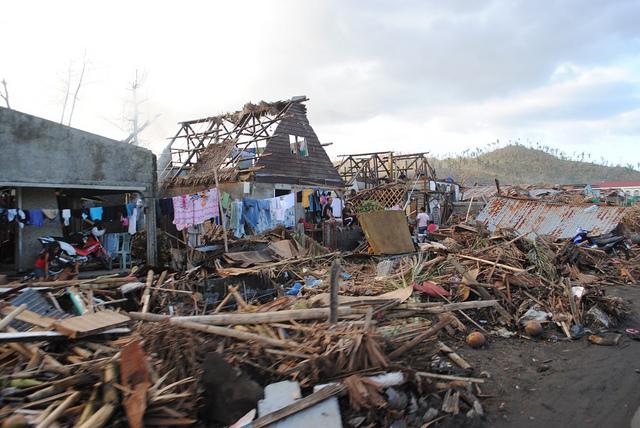Super Typhoon Haiyan devastates the Phillipines
Starting early on Friday, November 8, 2013, a typhoon with approximated 200 mile-an-hour winds hit Samar, an island in the Philippines. This storm, which struck cities Tacloban and Dulag, quickly escalated into Super Typhoon Haiyan.
Haiyan hit Tacloban the hardest, almost fully submerging the town of 200,000 in water. There were many casualties and an undetermined number of deaths, with a total of 9.5 million people affected throughout the Philippines. According to some officials, other villages could have been completely wiped off the map. This disaster, unfortunately, is not the first major recent natural disaster in the Philippines, as about three weeks ago an earthquake struck Philippine island Bohol, which affected 3.5 million people.
In response to Super Typhoon Haiyan, the United States sent government humanitarian relief operations and some of the U.S. Pacific Command to the Philippines. The first U.S. force team that came arrived Sunday to provided search and rescue and air support. The relief groups are sending food, blankets, and helping with shelters.
The typhoon was expected to die out around the coasts of China, but Vietnam was evacuated because that was the storm’s intended path. Some witnesses claimed the typhoon was like a tsunami with all of the wind and water. No final casualties’ numbers have been established. Those unable to directly help can only hope the Philippines can quickly recover from Super Typhoon Haiyan.




